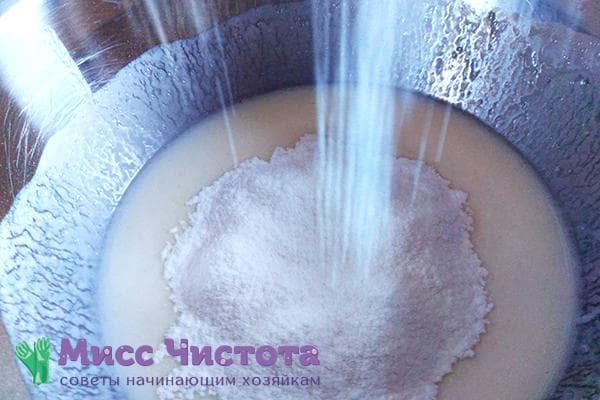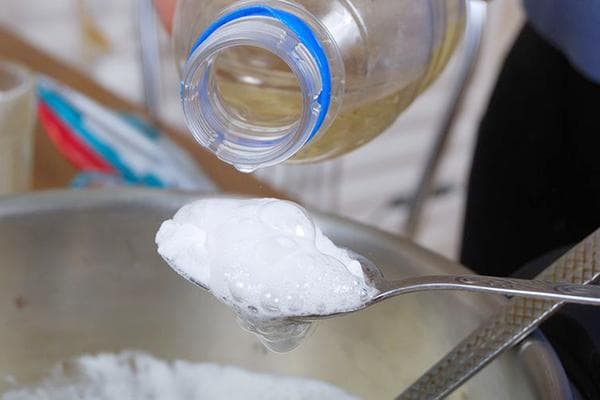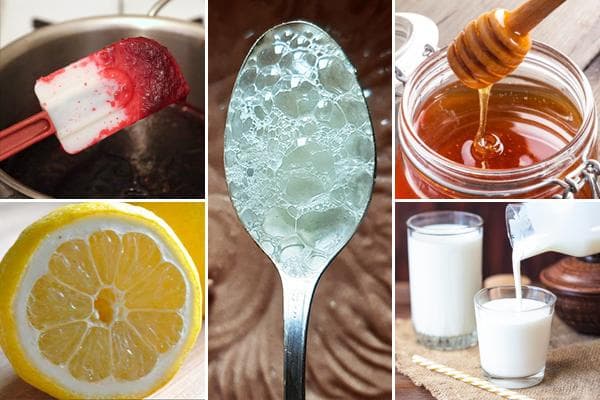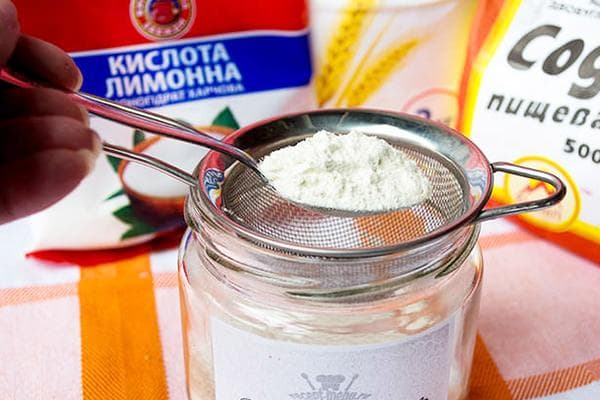Is it true that you shouldn’t extinguish soda with vinegar: the secrets of a successful test
Soda is a permanent ingredient in a variety of baked goods. It is added to cookies, to cake layers and pastries, to pies, and pancakes. However, not all housewives know how to handle it correctly. Today we will tell you what the secret of this white powder is and what to do to ensure that your baked goods always turn out airy.
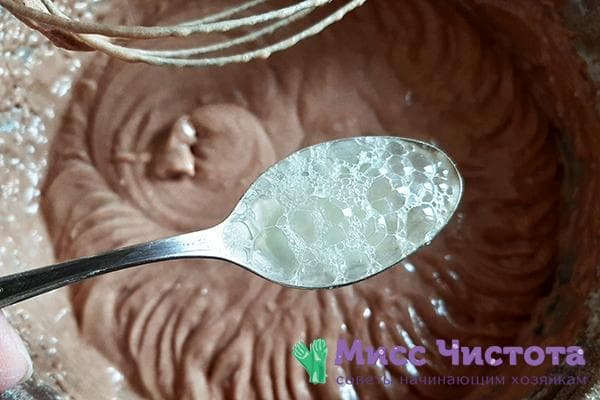
How to quench soda correctly so that the dough is fluffy?
There are two related myths, both of which are fundamentally false:
- The dough rises due to the presence of soda in it.
- You should not extinguish soda with vinegar, as it loses its properties and the dough turns out tasteless - dense, low, hard.
Firstly, the loose and airy structure of the dough is provided by carbon dioxide, also known as carbon dioxide CO2. In yeast dough, it is produced by yeast fungi during their life activity. And in yeast-free it is formed as a result of a chemical reaction between soda (sodium bicarbonate) and acid. Under no circumstances will soda itself make the dough fluffy.
Statements that soda cannot be extinguished with vinegar also have no scientific basis. From a chemical point of view, it does not matter which acid the sodium bicarbonate reacted with, the main thing is that this acid is suitable for use in cooking (otherwise there is a risk of intoxication or burns).
There is an important rule: the reaction should not occur in a spoon, glass or other container, but directly inside the dough. Otherwise, all the carbon dioxide will “fly away” - dissipate in the air. Housewives who claim that their dough with soda and vinegar does not rise wait for the moment when the foam cap disappears, and only after that they add everything that remains to the flour and other ingredients.
How to add baking soda to batter?
If you are going to bake pancakes or pies, then in any case you will introduce liquid into the dough - water, milk, whey, kefir. This can be used to organize a “meeting” of soda and vinegar not in the air, but in a bowl:
- You need to pour a measured amount of acid into a glass with liquid ingredients.
- Mix sodium bicarbonate with dry ingredients (flour, starch, cocoa).
- Pour the dry ingredients into a bowl, then add the liquid and stir vigorously with a whisk. All carbon dioxide will remain in the dough - many small bubbles will immediately appear in it.
How to extinguish soda in dry dough?
Since no liquid is added to the dry dough, the previous method will not work. You'll have to do it the old fashioned way - quench the baking soda with vinegar in a spoon:
- First, pour the required amount of sodium bicarbonate into a spoon.
- Then place the spoon as close to the bowl as possible.
- Add acid.
- Without waiting for the reaction to complete, as soon as the sizzle begins, pour the foamy mixture into the dough and mix evenly.
How else can you extinguish soda?
There are many products in every home that are used in baking and can neutralize sodium bicarbonate without adding vinegar. First of all, this is natural lemon juice and citric acid (by the way, it has nothing in common with lemons except the name).
It is also possible not to extinguish sodium bicarbonate if the list of ingredients contains:
- honey;
- sour cream;
- kefir or yogurt;
- boiling water;
- sour fruit jam.
Soda itself will react with any of the mentioned products, resulting in the release of carbon dioxide. The only thing you need to watch is the proportions. When adding a spoonful of sour cream to two kilograms of dough, you should not hope that it will react with soda.
A little skill and experience - and your soda dough will turn out excellent. Be sure to use the secrets you learned from this article so that your baked goods turn out no worse than those of experienced chefs and pastry chefs.
